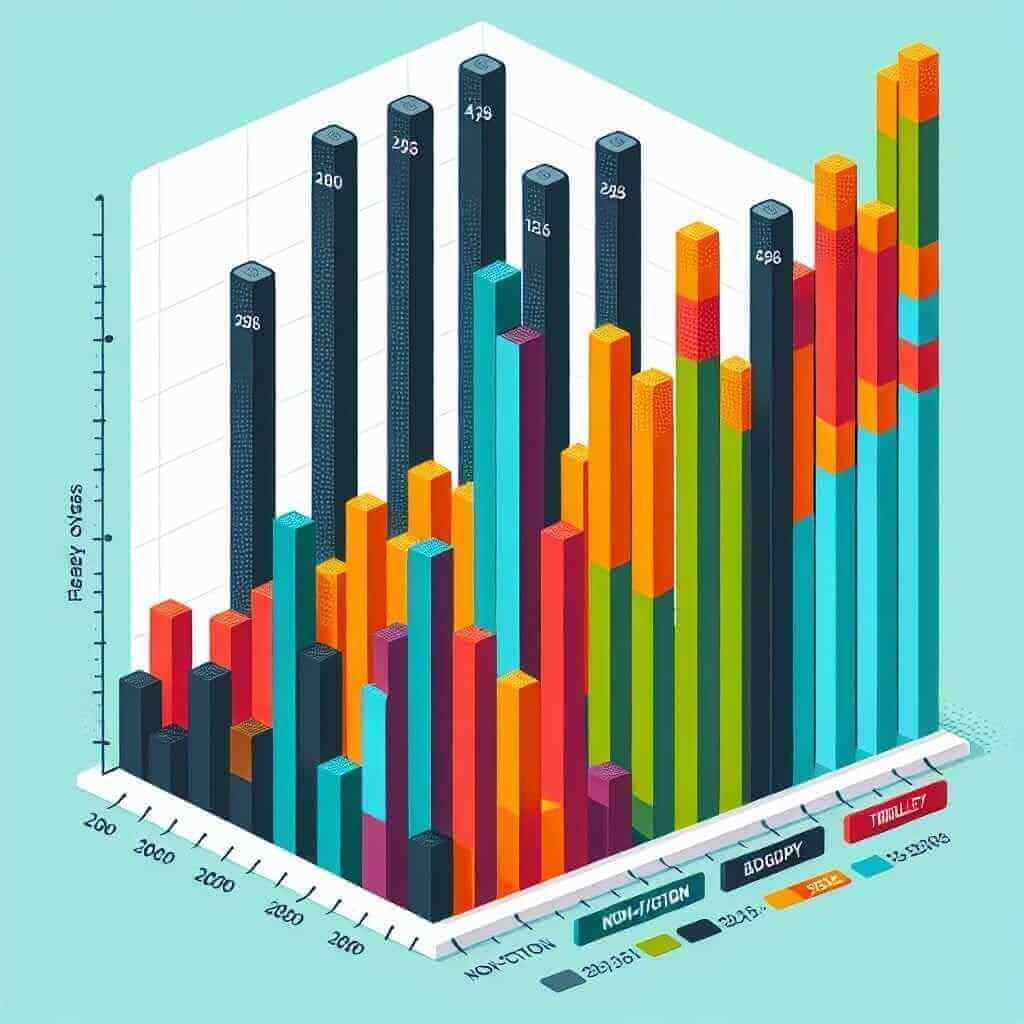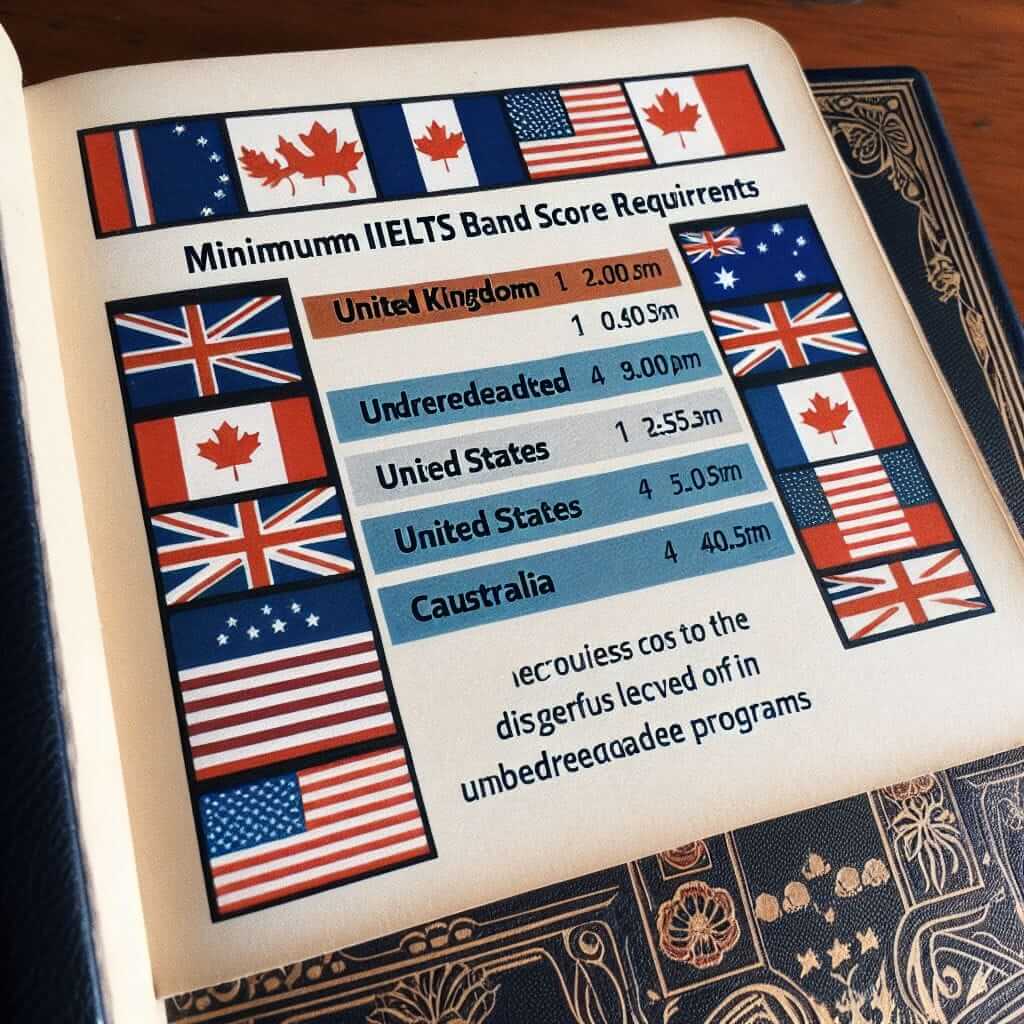IELTS Writing Task 1 is an essential part of the IELTS test, demanding candidates to present and compare data, describe the stages of a process, or explain how something works. For many beginners, this task can seem daunting. Understanding the importance of mastering this section is crucial, as it can greatly impact your overall writing score. In this article, we will cover detailed, SEO-friendly IELTS Writing Task 1 tips for beginners, to help you excel in this part of the exam.
Table Of Contents
- Understanding IELTS Writing Task 1
- What is IELTS Writing Task 1?
- Objective of Task 1
- Key Tips and Strategies
- 1. Analyze the Question Carefully
- 2. Plan Before You Write
- 3. Use Paragraphs Strategically
- 4. Paraphrase the Question
- 5. Use a Range of Vocabulary and Grammar
- 6. Summarize Key Trends and Compare
- 7. Avoid Common Mistakes
- 8. Practice with Real Test Examples
- Common Mistakes to Avoid
- Misinterpreting Data
- Overusing Basic Vocabulary
- Writing Too Much
- How to Practice Efficiently
- Daily Writing
- Peer Review
- Use Quality Resources
- Conclusion
Understanding IELTS Writing Task 1
What is IELTS Writing Task 1?
IELTS Writing Task 1 requires candidates to write a 150-word response summarizing visual information within 20 minutes. You’ll encounter different types of visual data, such as:
- Bar charts
- Line graphs
- Pie charts
- Tables
- Maps
- Process diagrams
Understanding how to interpret and summarize these visuals effectively is crucial to scoring well.
Objective of Task 1
Your main objective is to present the information clearly and accurately. It’s important to describe trends, make comparisons, and highlight significant details, avoiding personal opinions or unnecessary details.
Key Tips and Strategies
1. Analyze the Question Carefully
Read the instruction attentively to understand what the task demands. Identify the type of visual and note any specific trends or comparisons you need to make.
For example:
“Summarize the information by selecting and reporting the main features, and make comparisons where relevant.”
2. Plan Before You Write
Spend the first few minutes planning your response. Outline the main trends you notice and organize your structure. This could save you time during writing and help ensure your essay is cohesive.
3. Use Paragraphs Strategically
Structure your response in clear paragraphs:
- Introduction: Paraphrase the question.
- Overview: Summarize the main trend(s) or overall information.
- Body Paragraphs: Provide detailed descriptions and comparisons.
4. Paraphrase the Question
In your introduction, rephrase the question to show your ability to use synonyms and alter sentence structures.
For example:
Question: “The line graph shows the consumption of 3 different kinds of fast food by teenagers in the USA.”
Introduction: “The graph illustrates the consumption levels of three varied types of fast food among American adolescents.”
5. Use a Range of Vocabulary and Grammar
Demonstrate your language proficiency by using diverse vocabulary and tenses. Remember to use the appropriate tense for each type of data.
For instance:
- Use past tense for historical data (“In 1990, the consumption was…”)
- Use present perfect for ongoing trends (“Since 2000, the levels have increased…”)
6. Summarize Key Trends and Compare
Highlight the most significant trends and comparisons in your overview. Avoid mentioning specific details in the overview — save these for the body paragraphs.
Example Overview:
“Overall, while the consumption of hamburgers and pizza has risen steadily, the intake of fish and chips has seen a significant decline.”
7. Avoid Common Mistakes
- Not meeting the word count: Ensure your response is at least 150 words.
- Copying the question: Paraphrase instead.
- Including irrelevant details: Stick to summarizing the visual information only.
8. Practice with Real Test Examples
Use past IELTS Writing Task 1 questions to practice. Timed practice helps you manage your exam time effectively.
Example Practice Task:
“The bar chart below shows the sales of four different types of books from 2000 to 2010.”
 Bar Chart for IELTS Writing Task 1
Bar Chart for IELTS Writing Task 1
Write a 150-word response summarizing the information.
Common Mistakes to Avoid
Misinterpreting Data
Ensure you accurately interpret the visual information. Misunderstanding the data can lead to incorrect descriptions and comparisons.
Overusing Basic Vocabulary
Relying too much on simple words can affect your score. Enhance your vocabulary by learning synonyms and practice using varied sentence structures.
Writing Too Much
While writing more than 150 words is not penalized, be mindful of the time. Practice writing concise yet comprehensive responses.
How to Practice Efficiently
Daily Writing
Make a habit of practicing with different types of visual data daily. This helps you become familiar with various data representations and improve your summarizing skills.
Peer Review
Share your practice essays with peers or mentors. Constructive feedback can highlight areas for improvement and boost your confidence.
Use Quality Resources
Leverage reputable IELTS preparation books and online resources. Websites like IELTS.org and the British Council provide valuable materials and sample tasks.
Conclusion
Mastering IELTS Writing Task 1 requires understanding the task, strategic planning, and consistent practice. By following the tips and strategies outlined, beginners can develop the skills needed to present visual information clearly and accurately. Remember, practice and feedback are key to improvement. If you have any questions or need further assistance, feel free to leave a comment or explore other helpful content on our website. Happy studying and good luck with your IELTS preparation!



